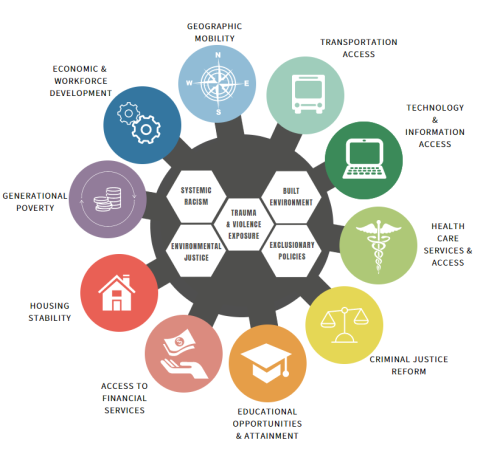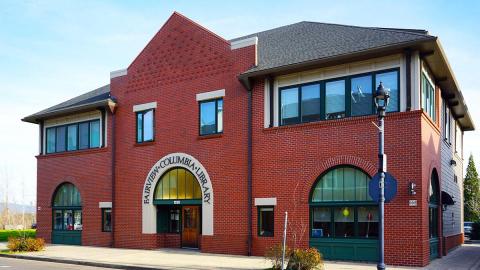Your zip code doesn't determine your path in life, but it can have a lot to do with the challenges and opportunities you face along that path.

Looking at how our communities are designed, what services are available, and how well our systems work across silos can have a huge impact on the future trajectory for children and youth across Multnomah County. Economic mobilization is the ability of an individual, family or some other group to improve (or lower) their economic status—usually measured in income. But we know this is more than just income alone. The drivers of economic mobility (access to services, involvement in the justice system, quality education, housing stability, workforce opportunities, and more) have very large influences across our country. Through all these variables also run threads of exclusionary policies, exposure to violence and trauma, systemic racism, and practices that have formed our built environments - also to be taken into consideration when we think about how hard it is for communities to thrive when others have a different starting point.
Commissioner Stegmann recently hosted a national cohort of elected leaders who are having this conversation in their own jurisdictions across the country. This work brings together her commitment and priorities to increase economic mobility opportunities for East Multnomah County and the investments she's championed.
Our Economic Mobility Indicators mapping tool uses local datasets to determine where marginalization may occur in core areas for our Multnomah County communities. This tool was developed to assist with policy and program development by using data to inform those decisions. For more information about this work or a presentation of this tool, please contact us at District4@multco.us.

In the Opportunity Atlas, Raj Chetty and Opportunity Insights, out of Harvard University began to examine trends in economic mobility for individuals based on current earnings distributions, incarceration rates, and other outcomes in adulthood by parental income, race, and gender. These estimates allow Opportunity Insights to trace the roots of outcomes such as poverty and incarceration back to the neighborhoods in which children grew up. These outcomes often vary across neighborhoods or even streets. In Multnomah County, we see a story of exclusionary policies, displacement, redlining and changing communities moving into East County.